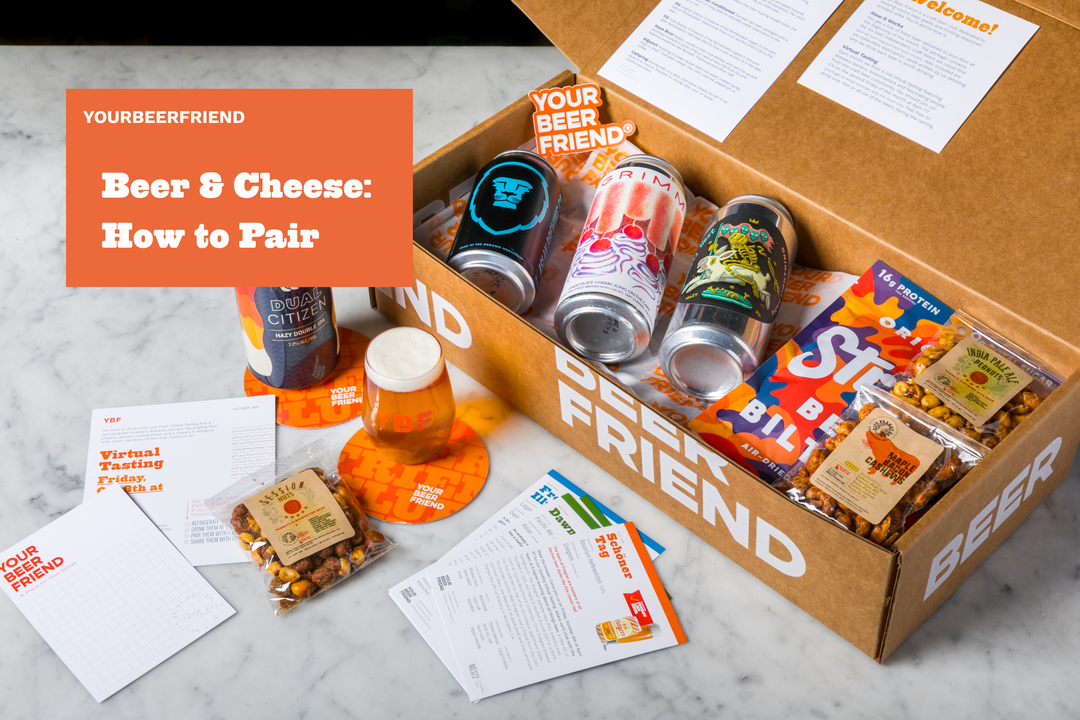How Long Does Beer Last in a Keg?

This question is difficult to answer as there are so many beer styles and different storage options. Different styles of beer will do better or worse in kegs. You’ve got an insanely aromatic hoppy beer? We want that as fresh as possible. On the other side of the spectrum, just last week I had the absolute pleasure of drinking a 14% ABV stout from 2017, it had been kegged god knows how long ago, but was awesome, and I bet it could have kept staying awesome for many more years to come, but we drank it all, so we’ll never know.
Excluding beers like the aforementioned 14% ABV stout, here’s the short answer: beers can last in a keg from 20 days to about 4 months.
There’s going to be a lot of factors that come into play here though. For example, if you’re keeping your beer in an industrial walk-in fridge it’s going to last longer than the keg you kept in your parents shed during summer.
How long does draft beer remain fresh?
There is no hard and fast rule about how long a draft beer keg stays fresh. Different styles of beer have different shelf lives. The shelf life of a keg of pasteurized draft beer is approximately 90-120 days or 3-4 months. Unpasteurized draft beer lasts about 45-60 days (or 6-8 weeks) if stored at the proper temperature.
It is important to remember that the countdown begins when the keg is first kegged at the brewery. Not when someone taps it or buys it. Except in the case of cask ale, which absolutely has a hard countdown of 3-5 after someone taps it. This is known as English Real Ale, or Cask Ale.
Why Storage Temperature Matters
Here is where it gets a bit more complicated. Keg storage is critical to the life of a keg (and therefore the life of the party)
No matter how you dispense beer or the type of manual pump that you have, your keg will lose its quality if it isn't stored right. 38°F is ideal for keg storage.
According to the Draught Beer Quality Manual, 38°F is the recommended temperature for storing draft beer. This temperature is ideal for pouring and freshness. However, warm beer can affect the freshness and foaminess of your beer. Therefore, when pouring, make sure the keg has been properly chilled.
A keg draft beer can't be stored at room temperature. Beer can become contaminated with bacteria if it is heated above 55°F degrees.
Temperatures higher than that can cause a foamy beer to release carbon dioxide too rapidly. This not only causes excessive foam but also results in stale beer. The beer will quickly go bad if the temperature rises to 55°F.
Because beer is a liquid (and a damn fine one at that), it's not a good idea to keep it at too low a temperature. Depending on the alcohol content, beer will freeze at around 28°F. Keep the beer at a low temperature to preserve its carbonation. You won't get each beer's authentic taste and aroma if this happens. Your beer may freeze if temperatures drop below 28°F.
It is advisable to keep your beer kegs in your refrigerator so that they can be kept at the right temperature.
This information should help you decide on purchasing your next beer keg. Another thing to think about is the size of your barrel. You can choose the proper keg by knowing how much beer is needed for your event or how many you drink at home. This will allow you to reduce spoilage and ensure that you don't waste any beer.
How long does a keg stay fresh?
A big part of maintaining a beer's freshness is to keep oxygen away from it. Beer and oxygen do not mix well. The more oxygen you add to a beer the more it will start to taste like cardboard or paper. If the beer is in a keg then it should be safe from oxygen, right? It’s a closed off ecosystem with just the beer and C02 in the keg. At a bar with a proper tap system then yeah this is totally okay, no oxygen should be touching that beer. Meaning it’ll keep its freshness for longer and not taste like you’re back in middle school shooting paper spitballs at people.
A keg tap, or party pump (think big keg in trash can filled with ice) is an entirely different situation. They introduce oxygen to your keg, which speeds up the process of beer becoming ‘bad’. That party pump is going to be introducing oxygen into the beer naturally as a it pumps the beer. This means that once you tap that keg, you have about 12-24 hours (depending on what type of beer) before that beer starts to go stale, so hurry up and drink. If you don’t finish the beer in that time, it won’t pose any health risks, it just won’t taste as good and really life is too short to be drinking bad beer.
Is a ‘Bad Beer’ Always Actually Bad?
Story time. I took a trip to Austin a few weeks ago with my main goal being to go to Jester King Brewing (wonderful brewery that focuses on farmhouse ales and barrel-aged wild ales). After drinking, literally, the entire menu of beer I started talking to the bartender about Jester King, beer, and Austin.
We eventually got around to the topic of my favorite beer being this beer from Jester King called Le Petit Prince (a wonderful ~3% table beer). He got really excited and it turns out that it’s like the staff pick. He told me how back in August they accidentally left out an entire keg of Le Petit Prince laying around outside, and this being Texas and in August it got totally demolished by the sun and they thought they ruined it. With that in mind, they couldn’t serve it to guests anymore so they were just going to basically dump the keg and move on, but some brave soul working there decided to try it. After trying it he urged the rest of the staff to try it as well because it completely blew him away. It was delicious.
He told me that it was just absolutely the best version of that beer that he had ever tried. It added this crazy funky, barnyard, horse blanket flavor (I know, I know, not for everyone) to it that was just insane. I haven’t had the chance to recreate their findings yet but next time I get my hands on a bottle I’m for sure gonna let it get funky in the sun. I’ll report back with my findings!
Keep your Draft Beer Fresh!
I know I just talked about how ‘bad beer’ can be really good, but the general rule of thumb is to keep it fresh. You can keep your keg fresh by keeping oxygen out of the keg and keeping it at the right temperature. If you do those simple (on paper at least) things, you can enjoy your beer for months.




